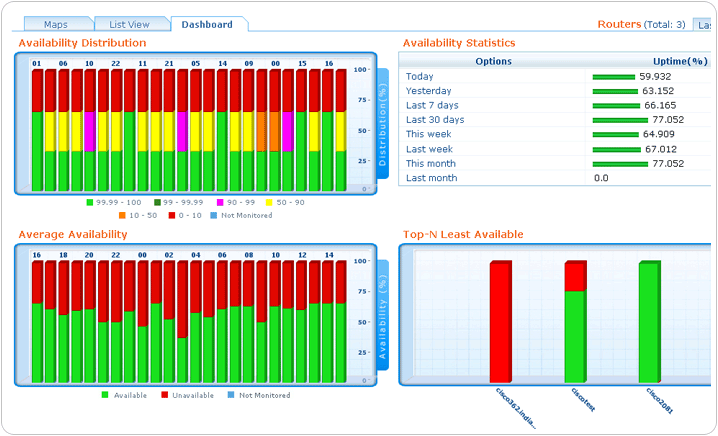Service Level Monitoring
Clients in the banking and financial industries operate in a complex trade flow environment. Issues related to technology impact businesses and require real time monitoring to improve stability and regulatory compliance. Service Level Agreement (SLA) can be monitored in real time and provide accurate information to ensure effective decision making within the organisation.
What is a Service Level Agreement?
A Service Level Agreement is an agreement that is part of a service contract. In the agreement, specific aspects of the service are spelled out, such as the quality, scope of the work, responsibilities, and other details. The agreements are then monitored through SLM. Alpha Insight provides Service Level Monitoring in London.
SLA Types and Levels
There are a few different types of service level agreements and the best for a specific situation will depend on the services that are used. For example, there can be a SLA between an IT service provider and company, business or financial firms with customers, or a mobile service provider and customers. There are multilevel SLA, corporate level, customer level, and service level SLAs that are used, depending on the nature of the business relationship.
What is Service Level Monitoring?
The purpose of SLM is to ensure that a service or application is conforming to the Service Level Agreement. SLM can be configured to address several segments of an agreement. It can be used to monitor the performance, problem management, and other factors. The agreements are often revisited annually in order to make necessary changes. At this time, agreements can be altered based on new information or services in the specific industry.
The Importance of SLM
Monitoring the SLA is very important for many different reasons. When you need to demonstrate regulatory compliance, a complete understanding of the agreement and monitoring procedures is essential. In addition, the real time information allows businesses to have access to the information they need to make important decisions and take advantage of opportunities.
Monitoring Outsourced IT Services
Some institutions, particularly larger businesses, outsource some or all of their IT operations to third party companies. This can be a cost saving measure for some companies, but it requires attention and effort to ensure SLA compliance. An effective monitoring solution provides access to the data you need to monitor outsourced services at the service level and ensure quality and compliance.

